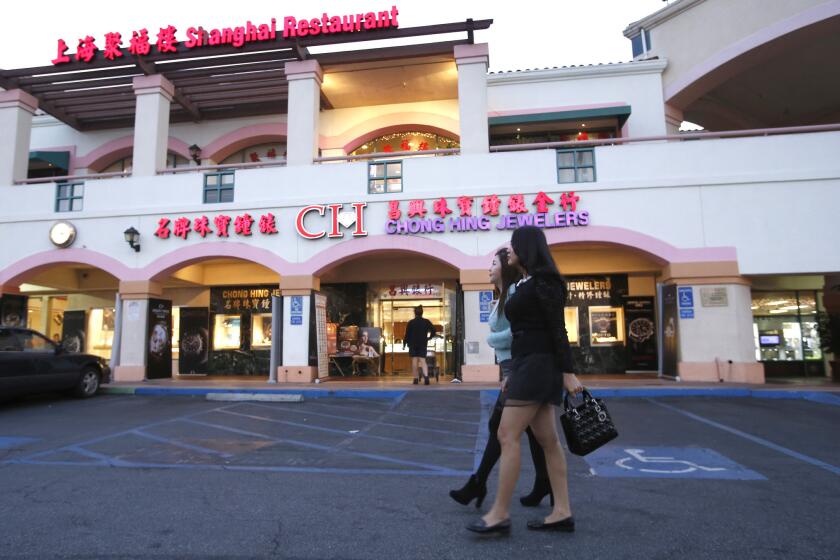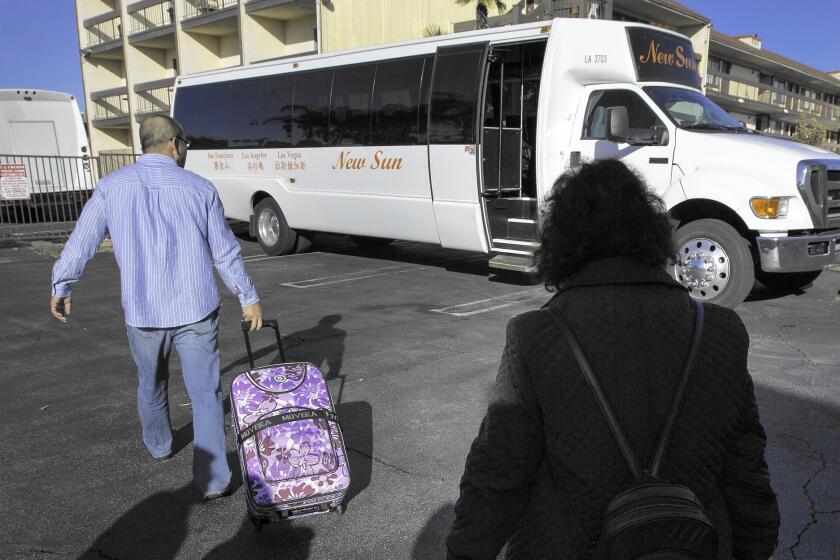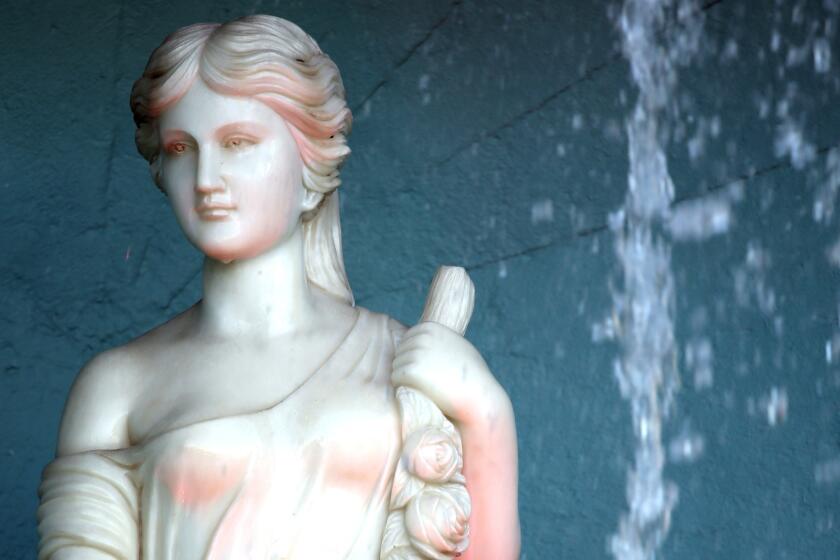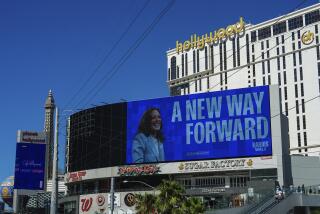Column: The story of Las Vegas’ Chinatowns has roots in the San Gabriel Valley

LAS VEGAS — It used to be a Las Vegas hot tip: Go off the Strip to Chinatown for the city’s best food.
Now there’s not just one Chinatown in Nevada’s biggest metropolis, but two. And the prevailing wisdom counsels late-night oxtail soup at the California Hotel, an off-Strip spot catering to Hawaiians, who are so populous in the city that they call it the Ninth Island; or a sushi roll called the “Japanese Lasagna,” Korean corn dogs and affordable izakayas in the city’s more suburban Chinatown area in Spring Valley.
The culinary renaissance is just the most visible part of a major migration of Asian Americans to Las Vegas that has tripled the community’s population since the year 2000. Clark County’s AAPI population, pan-Asian and majority foreign-born, has an unusual demographic profile. Those of Filipino descent are the most numerous, but there are also significant and growing populations of people with Korean, Chinese, Vietnamese, Indian or Hawaiian roots.
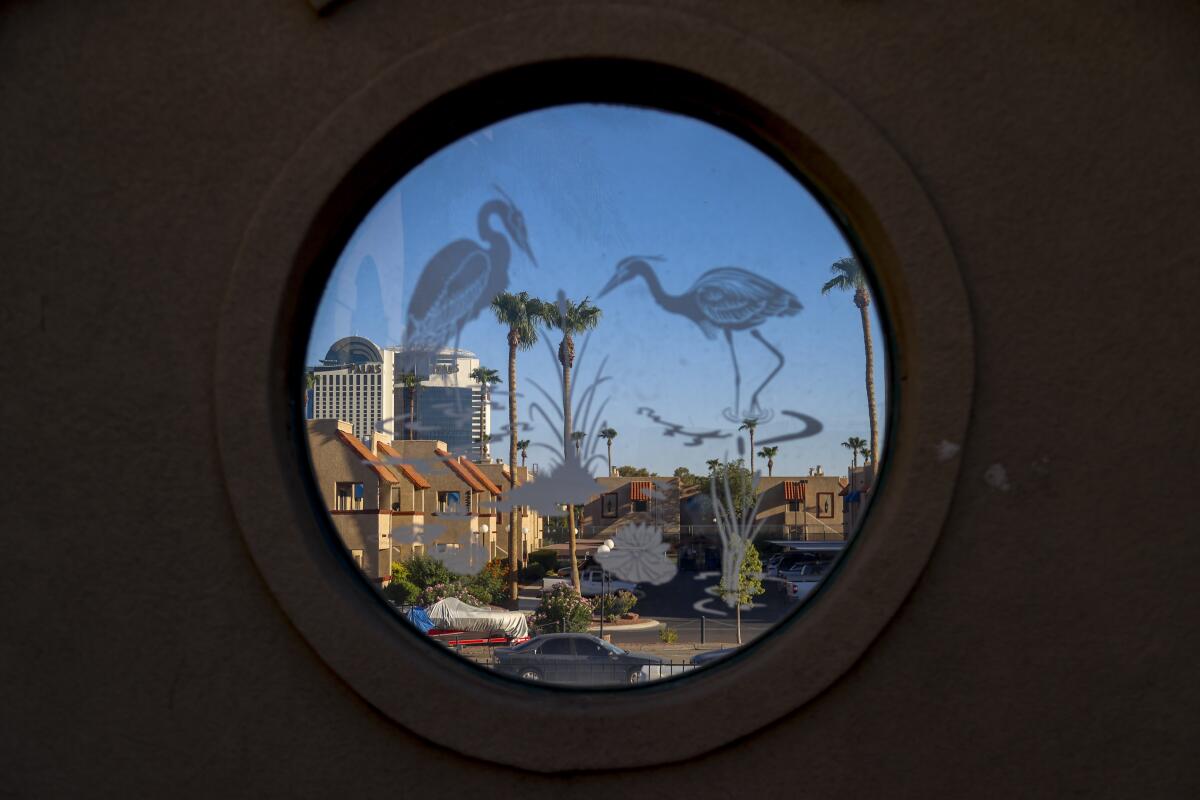
Asian Americans are “changing the taste and sights and smells of this city in a way that is a reimagination of Las Vegas, beyond the Strip and the buffets,” said Constancio Arnaldo, a professor of Asian American studies at the University of Nevada, Las Vegas.
The 2020 census found that Asian Americans form 13% of Clark County’s population, with a total of 237,000 people — but even that recent figure is dated: Catherine Francisco, president of the Nevada AAPI Chamber of Commerce, says the fastest growth has happened in the last four years.
These are boom times for the once quiet suburb of San Gabriel, which is in the midst of a transformation built on the growing international reputation of its Chinese food and services.
“A big part of the traffic coming into Chinatown is coming from California,” said Francisco, herself a former Californian.
Nevada has no state income tax, and property taxes are less than half the national average. So it draws wealthy residents hoping to keep more of their capital, but also those looking for a larger house, cheaper rent or lower business startup costs.
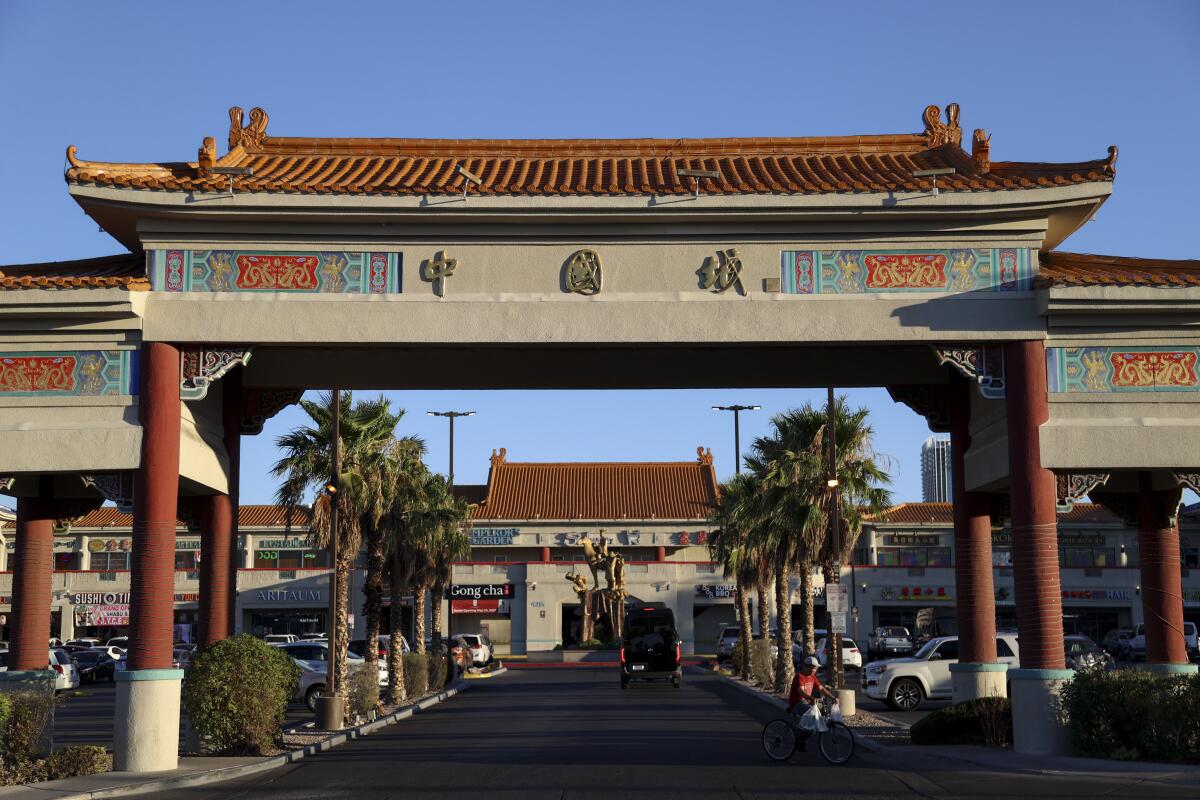
Las Vegas’ Chinatowns might look familiar to those who’ve spent time in the Chinese neighborhoods of Los Angeles. The old Chinatown, west of the Strip, looks more traditional, with neon lights and an ornate entry arch. The newer Chinatown, in the Spring Valley neighborhood, looks more like the San Gabriel Valley: Dense developments with vast parking lots cluster on a few main boulevards just off the 215 Freeway in the southwestern part of town.
I first noticed this on a 2014 trip to Las Vegas when I found myself dining at a Yunnan Garden restaurant, part of a somewhat obscure chain whose only other locations were in the San Gabriel Valley.
Southern California entrepreneur James Chen built Chinatown Plaza, Las Vegas’ first large Asian strip mall, with two partners in 1995. The commercial complex, anchored by a 99 Ranch grocery store, looks like a larger, more elaborate version of San Gabriel’s Focus Plaza. Both were designed by the same San Gabriel architectural firm.
Chen and his partners saw opportunity in the many Southern California families and tourists with Asian roots who regularly visit Las Vegas, said Vida Lin, president of the Asian Community Development Council.
Lin, who came to Las Vegas from San Francisco, said a lot of Chinese investors wanted to try their ideas in a place with lower taxes.
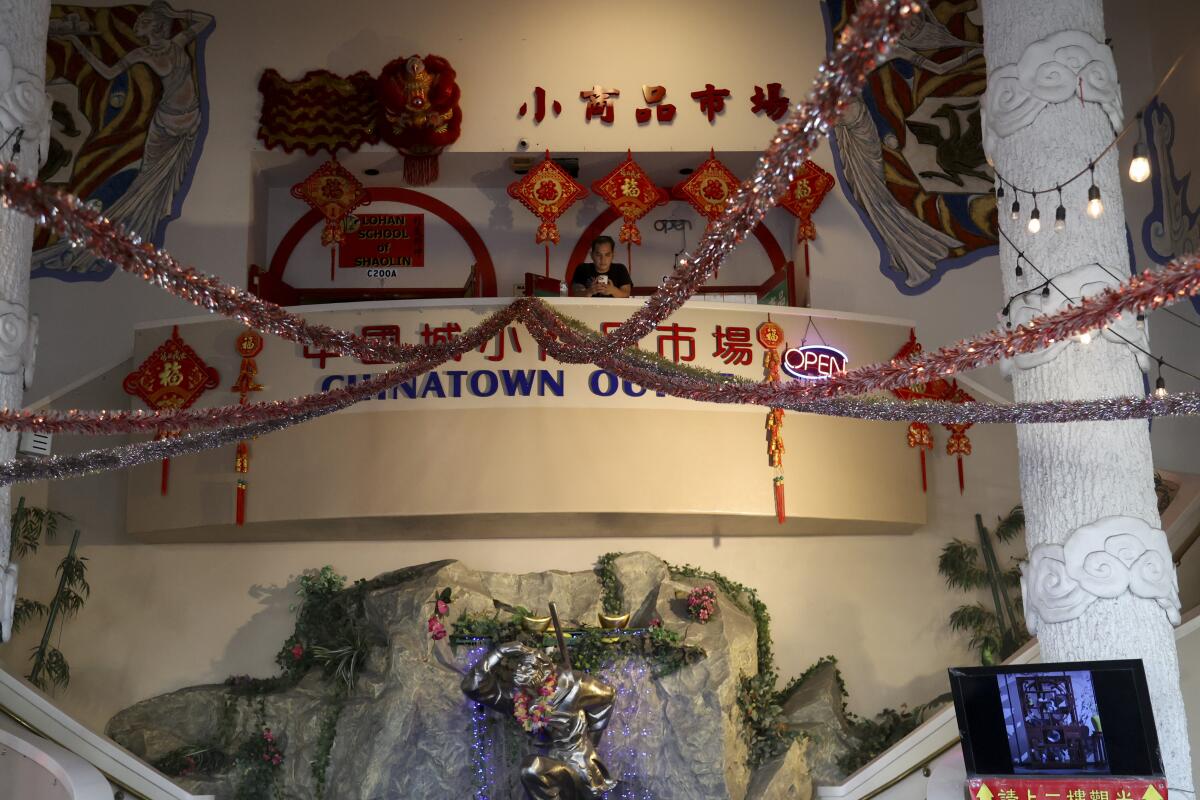
It’s long been a Southern California tradition for Chinese American families with no appetite for turkey or eggnog to instead spend the holidays in Las Vegas. San Gabriel Valley travel agencies send a regular stream of Chinese tourists to Las Vegas. And fleets of bargain-rate buses ferry a near-daily migration of Asian American seniors between their favorite casinos. It’s not just a stereotype that Chinese people love to gamble — gambling addiction affects 2.5% to 4% of China’s population, compared with just 1% of the U.S. population, according to the journal International Psychiatry.
That flow of people and capital has also sparked development on the route between Los Angeles and Las Vegas. On a recent trip to Vegas’ Chinatown Plaza, I spotted an advertisement announcing the grand opening of the Barstow Asian Food Court.
For years, the Chiu family tried Thanksgiving the traditional way.
Lin, who arrived in Las Vegas in 1994, has her own way of measuring the growth.
“Thirty years ago, I had to drive to L.A. to get good Chinese food,” she said. “I think I stopped sometime around the year 2000.”
Though most of the city’s Asian Americans arrived recently, they have been a part of Las Vegas for a long time, Lin said.
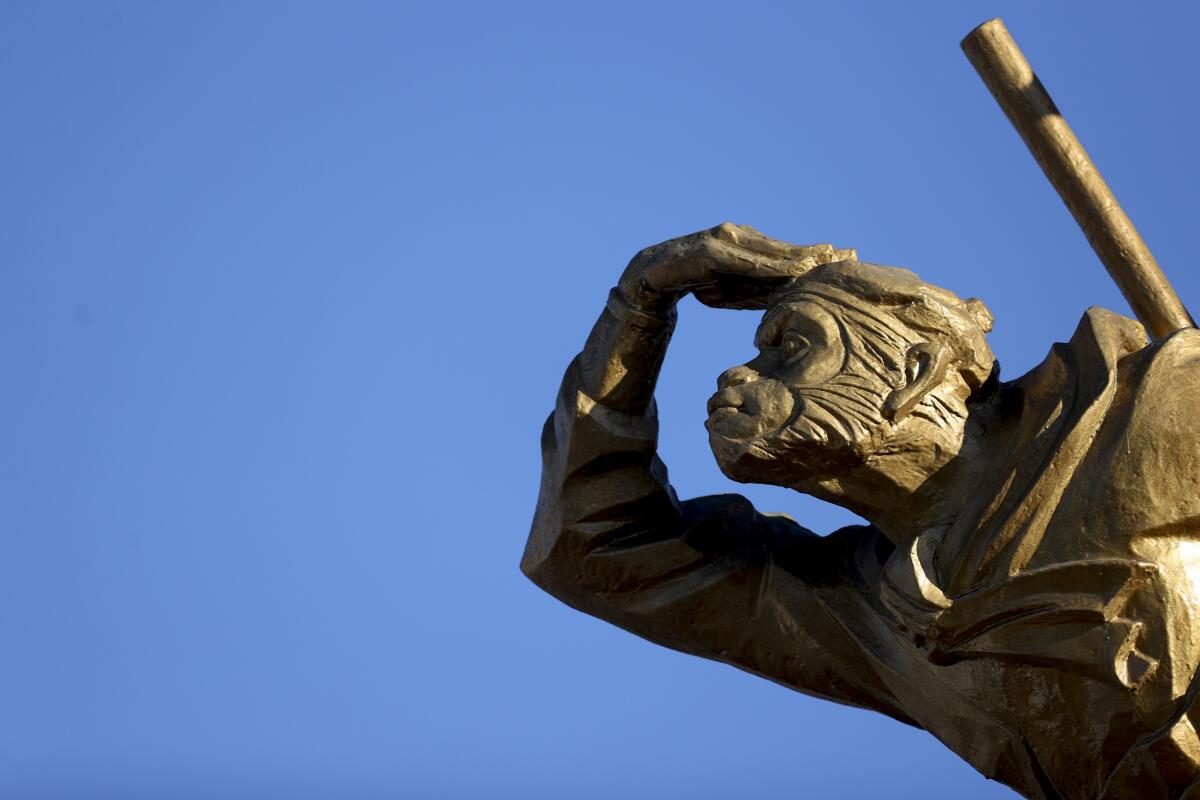
Workers from China and the Philippines built the railroads that made Las Vegas possible. Filipino-born designer Rudy Crisostomo created the famous neon marquees at the Sands, the Dunes, Circus Circus, the Luxor and the Rio. Chinese entrepreneurs popularized games such as keno and pai gow. And in the 1940s, Asian Americans opened nightclubs to capture the business of Black people turned away from the Strip.
Las Vegas’ Asian neighborhoods have the relentless energy that I felt in the San Gabriel Valley 10 years ago. The economic vibrancy is familiar, but so are the problems that arise when any area sees a sudden uptick in its immigrant community.
How you feel about Monterey Park’s Cascades Park fountain depends on who you are.
In the San Gabriel Valley, these frictions manifested as disputes over grocery stores’ cultural offerings and bitter debates about mandating English language on public signs that went far beyond safety. These clashes revealed xenophobia and racism, showing how unprepared some local governments were to receive large, non-English-speaking populations.
There’s some of that friction, said Jim Fong, a real estate agent and investor in Las Vegas. For example, he’s noticed that garden gnomes never require homeowner association approval, but Chinese lion statues of the same size often require paperwork and separate approvals. I’ve heard of similar disputes in San Marino.
But overall, Fong is hopeful that Las Vegas will be different, especially for his children, who are mixed-race.
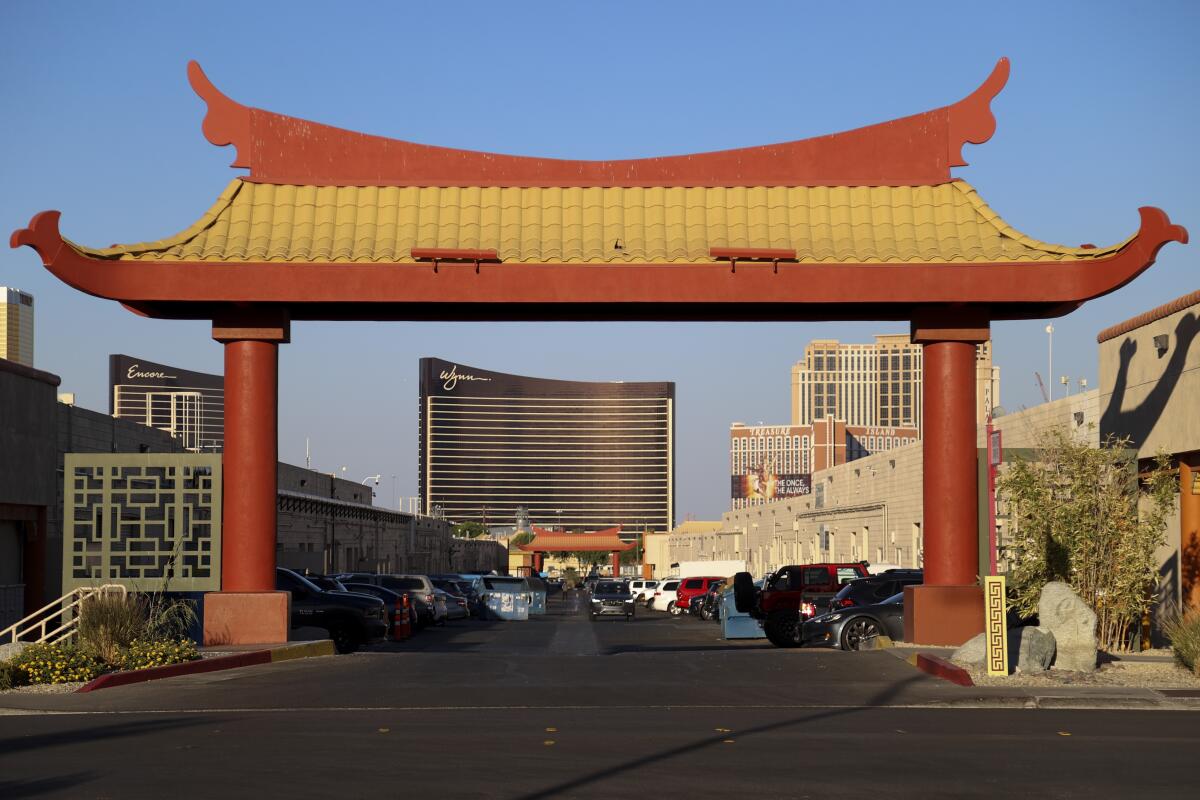
“It’s a newer city. It’s pretty open-minded. That’s actually what I like about it,” Fong said.
Stakeholders in the city’s Chinatowns are even talking about adopting a new name that better reflects a diverse AAPI population, something like Asia Town or the International District.
“It’s an important conversation to have,” Lin said.
More to Read
Sign up for Essential California
The most important California stories and recommendations in your inbox every morning.
You may occasionally receive promotional content from the Los Angeles Times.
